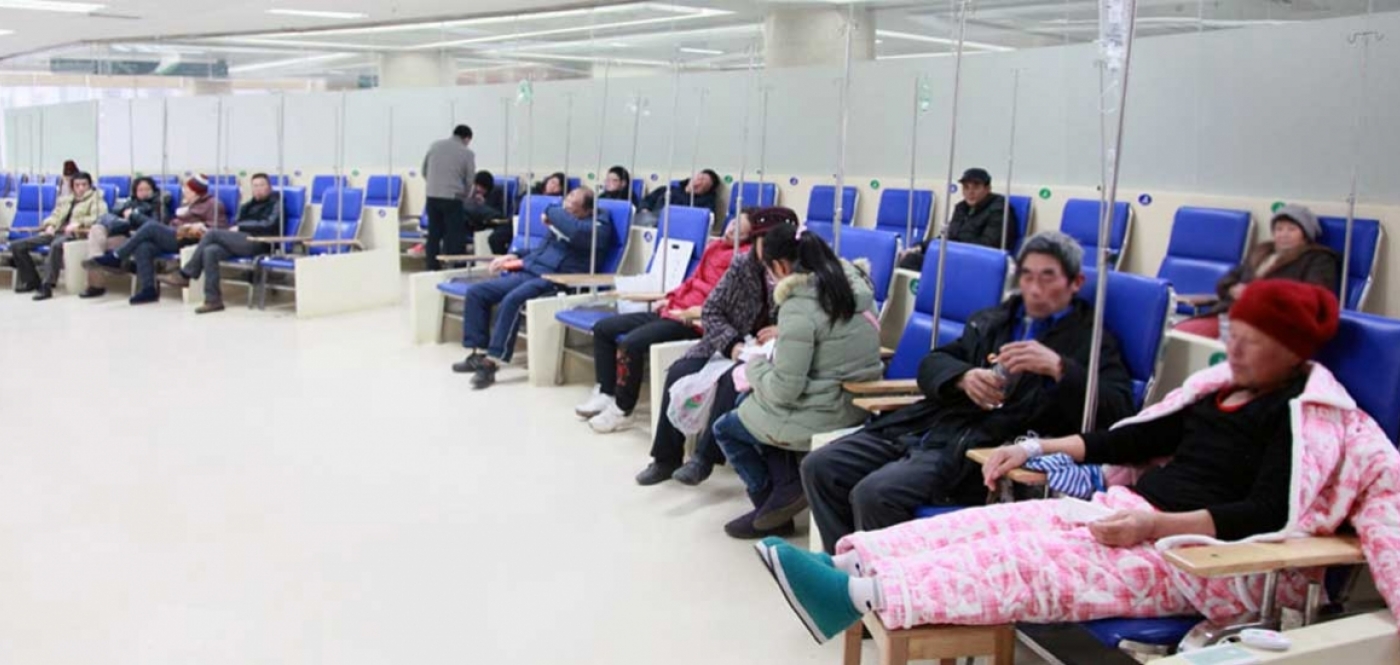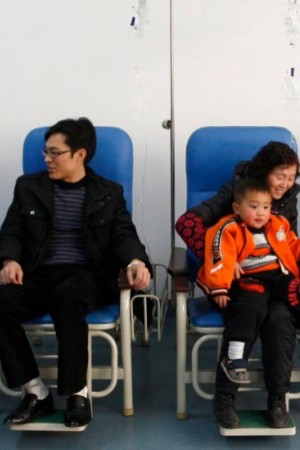Innovation Strategy for Medical Devices

BACKGROUND & BUSINESS PROBLEM
When a leading multinational medical device company needed to develop its innovation pipeline for the China market, it turned to CBi China Bridge for its ethnographic research, co-creation and design thinking.
The medical device market in China is constantly changing and growing, recently becoming fourth-largest in the world.
Multinational companies have been leading the pack but local companies have grown by leaps and bounds, making up almost half of the sales in China.
The government also is supporting these domestic companies by fast-tracking local patents for medical devices and providing lucrative grants for innovation. Whereas in the past many product portfolios were developed through imitation, now many local companies are hard at work creating their own China-centric products.
To compete, multinational companies are responding by creating R&D and manufacturing centers within China to be in a better position with localized products and services, at lower prices.
The client wanted to gain perspective on current product usage, attitudes and expectations for future products. Before diving into large R&D and innovation efforts and investments, the client needed to uncover the reality, the knowns and unknowns essentially, of the hospitals, nursing practices, device usage and patient journey.
Through ethnographic studies companies can gain insights from deep understanding of how their products are really used in practice, and develop customer journey maps that help to identify where the opportunities for improvement lie.
For most medical devices it is important to understand how all stakeholders experience the process -- for example, nurses administering infusions and patients receiving them. These stakeholders will have very different journey maps, needs and emotions that all link to possible innovations.
RESULTS & IMPACT
China Bridge’s human-centered research approach revealed many facts and insights that were presented to the client in an internal insight workshop. We explained data in a detailed and emotional way using information design and storytelling. The boards from the session now hang in the client’s global innovation center.
This equipped the client with a broader view of the Chinese outpatient and infusion process, as well as the needs of not only their customers, but also of their end users and patients. We defined suggestions for future innovation possibilities at a strategic and product level.
We helped to identify and zero-in on critical pain-points for nurses, patients and decision makers to showcase how they can be turned into opportunities for innovation, for products as well as service.
If you find yourself with a similar challenge, contact us to see how we can help bridge your next.

